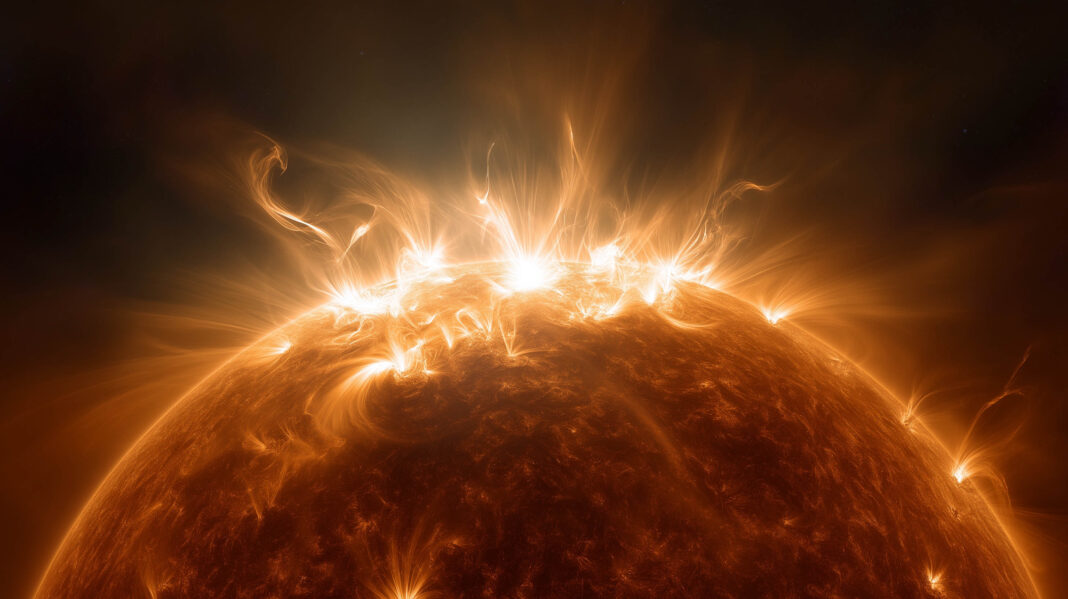The Power Nap Legends
Dmitri Mendeleev, the man behind the periodic table, didn’t just stumble upon it in a lab. Nope, he saw it in a dream after a solid nap. He wasn’t alone either—Mary Shelley, Thomas Edison, and Salvador Dali all found inspiration in their sleep. It’s not just folklore; there’s some science behind these power naps. German scientists at Hamburg University, led by Anika T. Löwe, decided to dig into this phenomenon using EEG brain monitoring to catch these eureka moments in action.
Nicolas Schuck, a cognitive science professor, highlighted Edison’s quirky nap technique. The inventor would nap with a cup in hand, and when he dozed off too deeply, the cup would fall and wake him up. This abrupt awakening was believed to spark those genius ideas. While this might sound like a gimmick, modern cognitive scientists are taking it seriously, recreating Edison’s approach to see if it really works.
Testing the Theory
Célia Lacaux and her team at Sorbonne University ran with Edison’s method, testing over 100 participants with a mathematical task. They tossed in a hidden shortcut to see if a nap could help participants uncover it. Spoilers: the cup trick worked. Most participants found the shortcut after a brief nap, waking up when the cup fell.
Schuck’s team tried something similar but with a twist. They set up an experiment involving dots on a screen, asking participants to discern movement patterns. The catch was in the colors—orange and purple dots moved in specific directions. The question was whether a nap could help participants see this pattern. However, the cups didn’t drop as expected, and the N1 phase of sleep didn’t yield the results they hoped for.
The Deeper Sleep Revelation
Here’s where it gets interesting. Schuck’s team discovered that reaching the deeper N2 phase of sleep was key. Participants who hit this phase had a higher chance of having that ‘aha’ moment. Over 80% of those in N2 sleep cracked the color-coding mystery, compared to just 49% in the control group who didn’t nap.
The EEG readouts provided even more insight. It turns out that a steeper EEG spectral slope correlated with more frequent eureka moments. This slope, indicating a shift from high to low-frequency signals during sleep, was a better predictor of breakthroughs than sleep phases alone.
Future Insights and Research
Schuck isn’t stopping here. He’s gearing up for a study combining EEG with functional magnetic resonance imaging (fMRI) to map brain activity during sleep. This will help pinpoint which brain regions light up during those moments of insight. The goal is to understand how sleep aids memory consolidation and insight generation.
Schuck’s research could redefine how we view sleep’s role in problem-solving and creativity. By combining EEG and fMRI, we might soon unlock the secrets of the sleeping brain. So, the next time you’re stuck on a problem, consider taking a nap—it might just be the key to your next big idea.
Key Facts Worth Knowing
- •💡 Dmitri Mendeleev visualized the periodic table in a dream after a nap.
- •💡 Edison’s nap technique involved holding a cup to induce eureka moments.
- •💡 Participants in N2 sleep phase had over 80% success in finding solutions.
- •💡 EEG spectral slope predicts insight moments better than sleep phases.
- •💡 Combining EEG and fMRI could reveal how sleep boosts memory and creativity.



